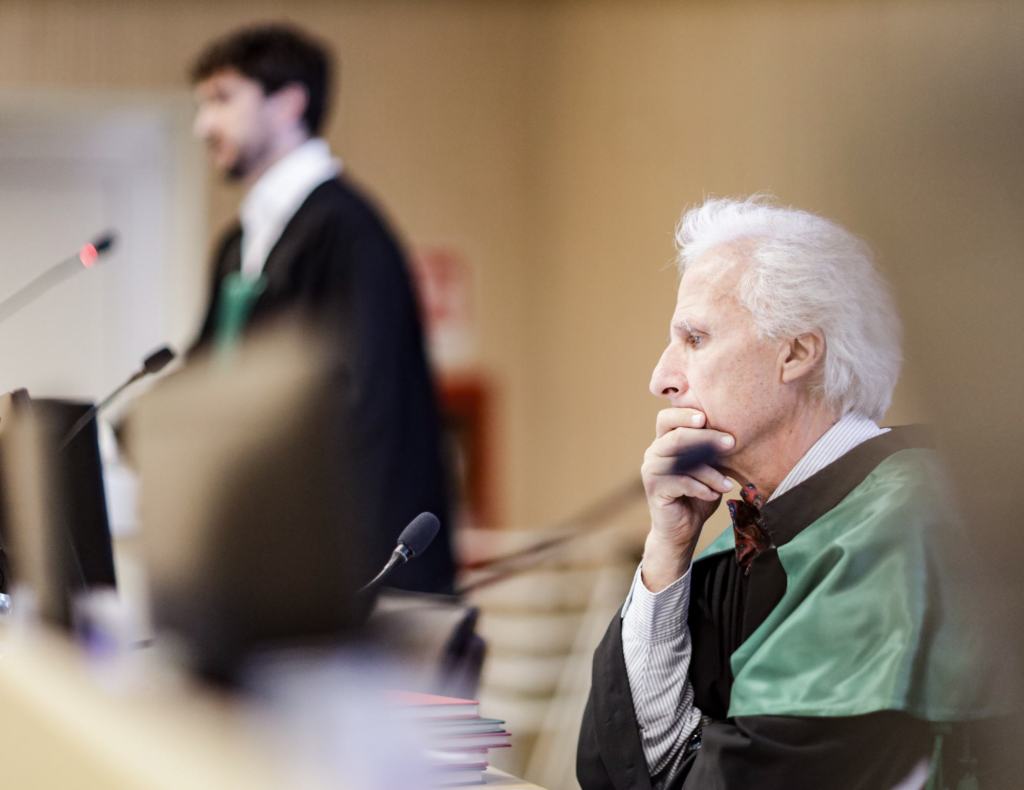An HU student at ESA
Interview to Jacob Daniel Fojtik: newly Medicine and Surgery graduate who completed his thesis at the European Space Agency (ESA).
Jacob Fojtik is a newly medical graduate, and with the guidance of Professor Raffaello Furlan – Full Professor of Internal Medicine, he has written an exemplary thesis titled: “Interindividual Cardiopulmonary Adaptation to Hypoxia During a Long-Haul Flight Simulation in Patients with Pulmonary Hypertension (ICAROS-PH)”.
We had the chance of addressing him a few questions about his work.
Can you tell us who you are and describe your journey in Humanitas University?
My name is Jake Fojtik. I come from USA, and I recently graduated from Humanitas University.
How did you choose the topic for your thesis and why?
I grew up in the mountains, and I’ve been a climber and skier my whole life. As such, the effects of extreme environments –hypoxia, hypobaric pressure, hypothermia, etc. – on human physiology have always interested me. This project was the natural progression of my academic curiosities and extracurricular passions, exploring the effects of aerospace, the most extreme environment, on human physiology.
Can you describe your experience at ESA?
I had a wonderful time at the ESA. The people, the facilities are all wonderful. Everyone was incredibly kind and friendly. The staff went out of their way to make sure I felt welcome. I made some great friends there and had a great time. I was there for roughly 4 months, living in Cologne.
The facility itself is a large campus with buildings for many different areas of aerospace research. The Aeromedical center, the Envihab, has 6 modules, including the hypoxia/hypobaric chamber, a short arm centrifuge, and long-term living facilities for bedrest and isolation studies. The ESA astronaut training center is also on site. I spent most of my time in the Envihab but got to tour the ESA training center. There are only a few other places on Earth where it’s possible to do the kinds of research they are doing.
For our study, we examined the effects of hypobaric hypoxia on patients with Pulmonary Hypertension. Our patients would come in and do 8 hours of simulated flight in our hypoxia chamber, a room about classroom size that can be pressurized or depressurized and have oxygen levels precisely set. The patients would undergo some baseline tests, then be subject to 8 hours hypobaric hypoxia simulated flight. During that time, we would record vital signs, hemodynamic parameters, perform questionnaires, take ABGs, and blood samples for analysis. They would then repeat the process during another visit, including 8 hours of simulated flight, but under normal pressure and oxygen conditions. The days were quite long in the hypoxia chamber, there were 10-20 of us in the chamber per day including patients. The team worked very well together, and everything was very well organized.
What have you taken from this experience and what are your plans now?
I learned a lot about hypoxia physiology, and the nature of how research in this field is conducted. It was unlike any study I had been a part of, from the scope, to the facility, the team and the organization. Beyond the hard science, I learned a lot about how to conduct and organize a study of this size, the detail that goes into the planning. I also learned about the many health concerns regarding spaceflight and air travel. We only looked at one small population with a specific disease, but the potential health and physiological considerations in aerospace are myriad. I would love to spend more time exploring those.
As for my plans now, I just graduated, took the SSM exam and moved out of my apartment. I’m looking forward to some vacation and rest before starting specialization in the fall. I’d like to keep researching in the fields of hypoxia and aerospace, but the past few months have been crazy busy, so I’m ready to take some time off.

Also, Professor Furlan expressed his satisfaction with the recent development and shared his thoughts on the longstanding collaboration with the European Space Agency (ESA) in Cologne:
“I’m very glad Jake had a so great research experience at ESA in Cologne with a group of researchers our group is working with for many years. Jake recent experience was anticipated in 2012. At the time we won an European Space Agency grant and participated in a medium-term bed rest study in the old ESA facilities in Cologne. Our focus was to evaluate the changes in the orthostatic tolerance in a group of volunteers who had to stay supine in bed for 3 weeks. That is a clinical model to simulate weightlessness. We could find out that the capability to keep the head-up position after bed confinement was largely impaired in all volunteers who experienced pre-syncope. in addition, it turned out that the neural control of the cardiovascular system was still active upon standing up, but the sympathetic vasomotor control changed its frequency of firing towards a modality which was ineffective in producing vasoconstriction in the up-right position, thus resulting in hypotension and pre-syncope.”